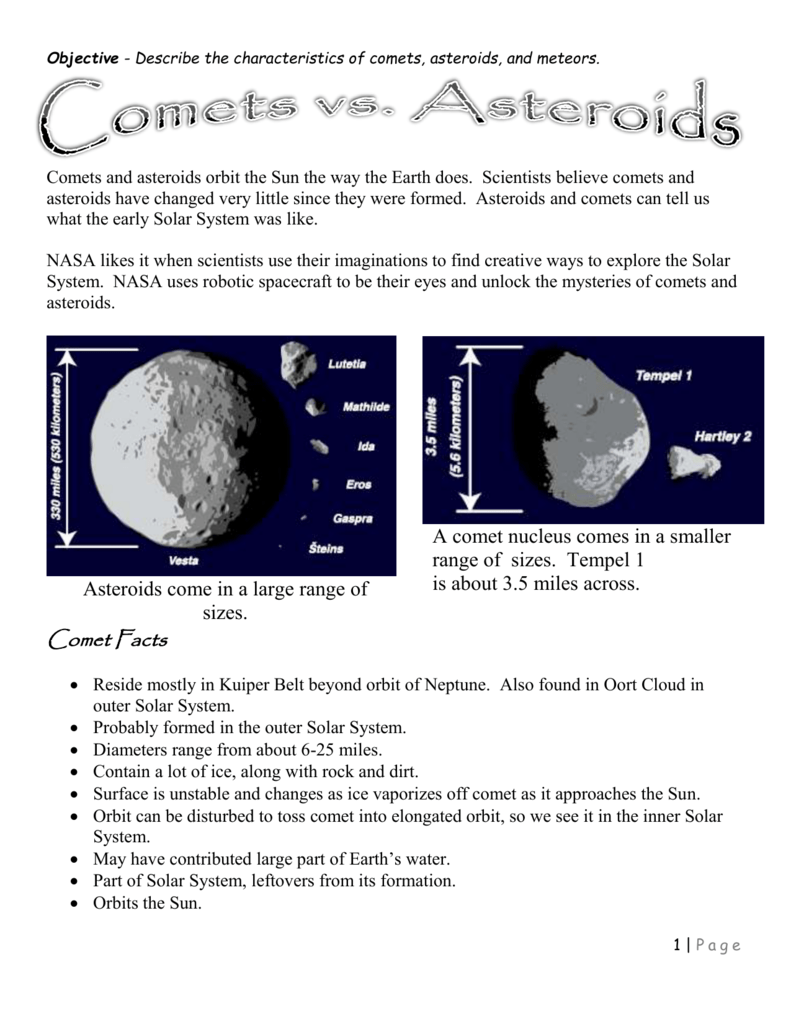

It is theorized that, as the Solar System was forming, icy objects that resided (again similar to the asteroid belt) between Jupiter and Saturn were perturbed by the newly-formed Jupiter and Saturn and tossed all over the place, hitting the planets and their moons or being tossed completely out of the Solar System into interstellar space. We now have confirmed this and know of more than 1,000 objects and it is estimated that there are perhaps tens of thousands of objects larger than 100 km with a total mass at least 100 times as massive as the asteroid belt.Ģ) Long period comets, because of their orbits, are thought to come from a cloud of material (too far out to be seen at present though similar "clouds" have been seen around other stars) that is made up of billions of objects with a total mass several times greater than the Earth’s mass. This disk was predicted to be similar to the asteroid belt, but made up of icy bodies (colder out there) that formed beyond Neptune and have been there since the formation of the Solar System. This then leads to two models for cometary sources:ġ) Short period comets come from a source at the outer edges of the known Solar System (a disk of material called the Kuiper Belt) and are sometimes perturbed (usually by interactions with each other) into orbits that bring them into the inner Solar System. There are two types of comets: 1) short period comets with orbits that are primarily prograde- they orbit in the same direction around the Sun as do the planets 2) Long period comets with orbits that can be either prograde or retrograde.


 0 kommentar(er)
0 kommentar(er)
